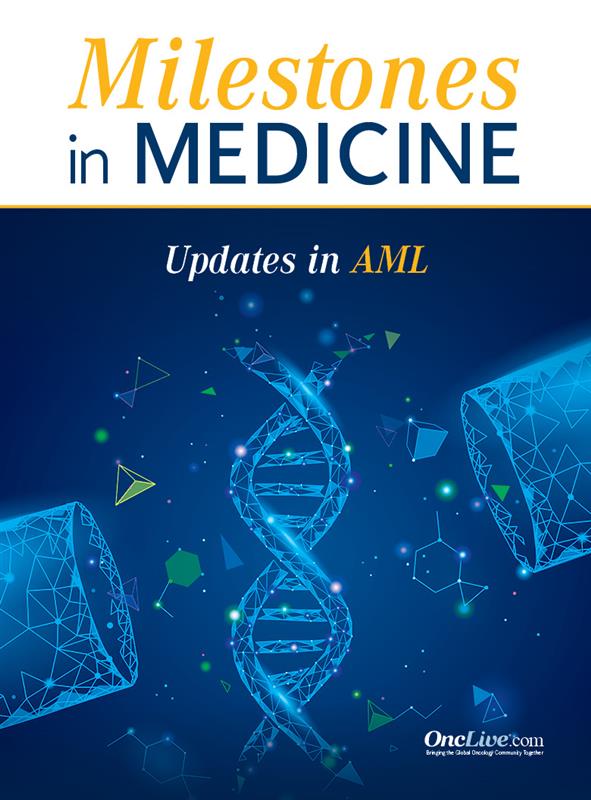Publication
Video
Dr. Kadia on E-selectin as a Target in the Treatment of AML
Author(s):
Tapan M. Kadia, MD, discusses the use of E-selectin as a target for treatment in acute myeloid leukemia.
Tapan M. Kadia, MD, associate professor, Department of Leukemia, The University of Texas MD Anderson Cancer Center, discusses the use of E-selectin as a target for treatment in acute myeloid leukemia (AML).
E-selectin is a marker that is present in the tumor microenvironment for patients with AML, Kadia says. E-selectin serves as a marker that binds to leukemia cells, protecting them by activating cell survival and growth pathways and promoting resistance to chemotherapy in AML, Kadia explains.
By disrupting the interaction of E-selectin and leukemia cells in the tumor microenvironment, AML cells can become more sensitive to chemotherapy, Kadia notes. Uproleselan, a novel E-selectin antagonist, is designed to bind to E-selectin to make AML cells more vulnerable to systemic treatments, potentially leading to better outcomes, response rates, and long-term survival for patients with AML, Kadia concludes.










